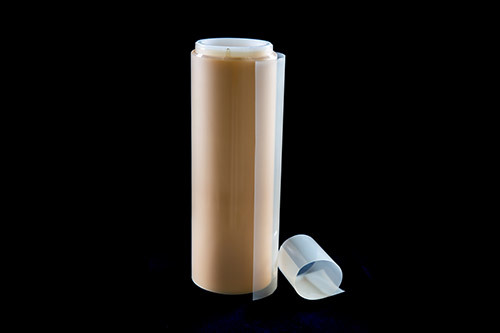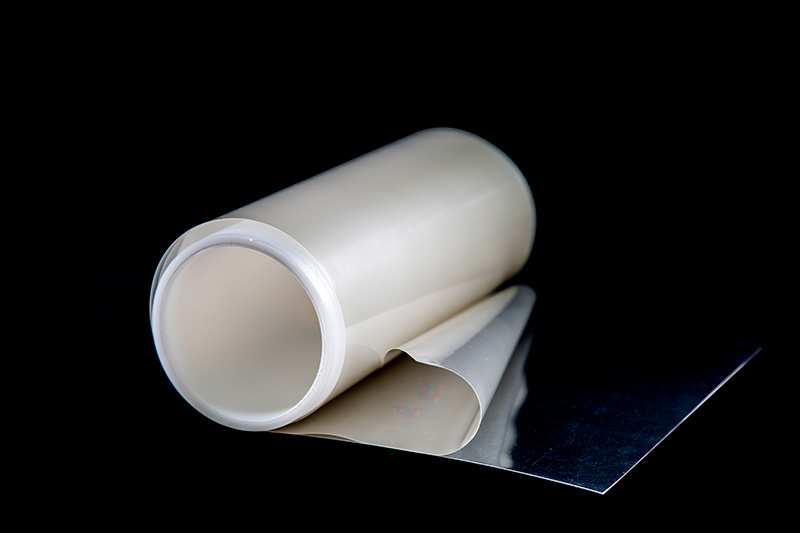Product Introduction Of Polymer Electrolyte Membranes:
The Polymer Electrolyte Membranes we produce are divided into PEM for industrial hydrogen production and PEM for civilian hydrogen health according to specific application fields. The Polymer Electrolyte Membranes we produce have the characteristics of high conductivity, low permeability, high pressure resistance, etc. The Polymer Electrolyte Membranes we produce also adopt advanced technology and manufacturing process to meet the growing demand for green energy and promote the development of clean energy technology.
Product Advantages Of Polymer Electrolyte Membranes:
The Polymer Membranes for Fuel Cells we produce strictly follow environmental standards during the design and manufacturing process, using sustainable and environmentally friendly materials to reduce negative impacts on the environment, while efficient energy utilization also helps reduce the overall carbon footprint. The Polymer Membranes for Fuel Cells we produce also support green energy hydrogen production, helping to reduce dependence on fossil fuels, and their materials are recyclable, meeting the requirements of environmental protection and sustainable development.

Thickness And Basis Weight Properties:
| Membrane Type | Thickness(microns)(um) | Weight(g/m²) |
| PXWE-175W-T01 | 175 | 345 |
Physical And Other Properties:
| Physical and Other Properties | Typical Value | Test Method | |
| TensileTest (23℃,50%RH) | |||
| Tensile Strength (MPa) | ≥28 | ≥28 | ASTM D882 |
| Tensile Modulu (MPa) | ≥400 | ≥200 | ASTM D882 |
| Elongation at break(%) | ≥120 | ≥200 | ASTM D882 |
| Specific Gravity | 1.97 | 1.98 | |
| Other Properties | Typical Value | Test Method | |
| Conductivity²(S/cm) | ≥0.100 | ≥0.100 | GB/T20042.3-2022 |
| Acid Capacity³(meq/g) | 1.00±0.05 | 1.00±0.05 | GB/T20042.3-2022 |
| Dissolved Hydrogen Concentration | 1000 | ||
Hydrolytic Properties:
| Hydrolytic Properties | Typical Value | Test Method | |
| Water Content⁵(%) | 5.0±3.0 | 5.0±3.0 | ASTM D570 |
| Water Uptake(%) | 50.0±5.0 | 50.0±5.0 | ASTM D570 |
| Thickness Swelling Rate at 23℃,50%RH(%increase) | |||
| Water soaked at 23℃50%RH | ≤5 | ≤18 | ASTM D756 |
| Water soaked at 100℃50%RH | ≤15 | ≤30 | ASTM D756 |
| Linear Expansion at 23℃,50%RH (% increase) | |||
| Water soaked at 23℃50%RH | ≤5 | ≤16 | ASTM D756 |
| Water soaked at 100℃50%RH | ≤18 | ≤20 | ASTM D756 |

Things To Note When Transporting Polymer Membranes For Fuel Cells:
Laws and Regulations: Ensure that the transportation process complies with all relevant laws and regulations, including export and import laws and regulations, and ensure that all necessary documents and permits are in place.
Tracking and Communication: Use a tracking system to monitor the status of equipment transportation, maintain good communication with the transportation company, and keep abreast of the transportation progress and any possible problems.
Arrival Inspection: Check the equipment immediately after arrival to confirm that the equipment is in good condition and the quantity is correct. If any problems are found, contact the transportation company in time and record the relevant situation.
Storage: Before the final installation of the equipment, ensure that it is stored in a dry and safe environment, avoid direct storage on the ground to prevent moisture or other potential damage.
Notes Of Polymer Electrolyte Membranes:
Measurements taken with membrane conditioned to 23℃.50%RH for 24h.
Conductivity measurement at 230.100%RH.
A base titration procedure measures the equivalents of sulfonic acid group in the polymer resin,thuscalculating the acid capacity or equivalent weight of the membrane.
Water content ofmembrane conditioned to 23 ℃ and 50%RH(dry weight basis).
Water uptake fiom dry membrane to conditioned in water at 100'℃ for l hour (dry weight basis).